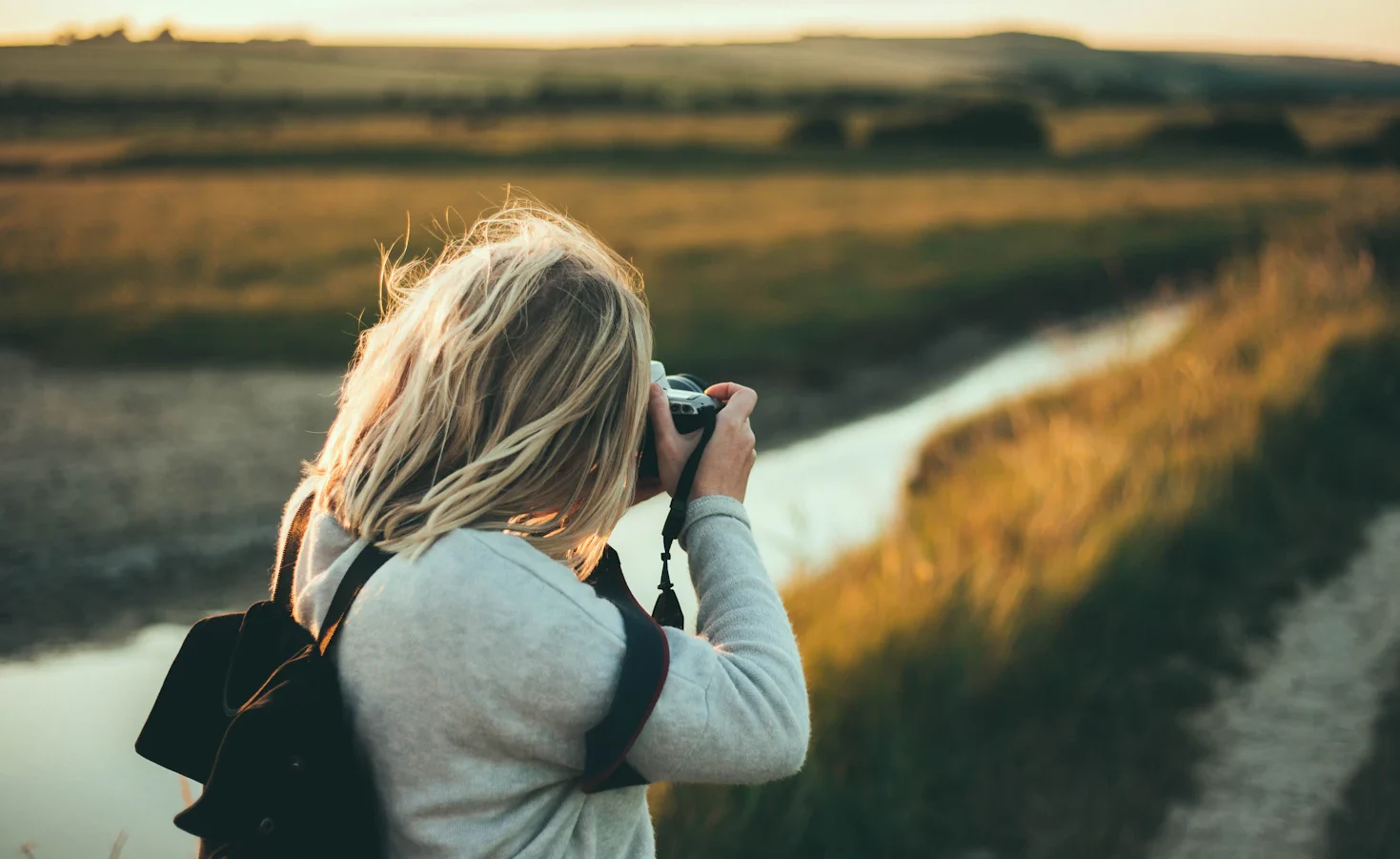
Capturing Nature’s Beauty: A Guide to Landscape Photography for Travellers
Landscape photography typically involves capturing nature’s beauty. However, it can also focus on disturbances of landscapes or human-made features. To be successful with landscape photography as a traveller, you need to be able to capture images that not only evoke emotions but are also able to transport viewers into picturesque and sometimes vast, unending destinations. If you’re willing to turn landscape photography into a career and explore photography opportunities in London and related destinations through platforms like Jooble, you will want to build a portfolio that showcases your unique perspective. Beyond that, you will have to be able to adapt to the technological advancements that make this field so competitive.

What are the 4 Pillars of Landscape Photography?
Having a mastery of the key pillars of photography does not only elevate the quality of pictures. It also allows you as a landscape photographer to effectively convey not just the beauty, but also the mood and essence of landscapes. Here are the 4 pillars of landscape photography to master:
● Fantastic Light
The golden hours of photography which usually are periods of time around sunrise and sunset when the light is ideal for photography create a warm, soft glow that casts captivating shadows and adds depth to landscapes. This natural light effect can transform scenes and make usual landscapes truly extraordinary.
Keep in mind that the quality of light significantly influences the mood and atmosphere of the photograph. So, you will want to keenly observe the changing light conditions and plan your shots to capture nature bathed in the most flattering radiance.
● Strong Composition
For any avid travel photographer, a compelling composition should be able to guide the viewer’s eye through the image. This is important as effective composition involves understanding the rule of thirds, leading lines, and framing to create a visually engaging narrative.
You will want to see to it that you place key elements strategically within the frame to add balance and harmony. A focal point should draw attention, while foreground elements provide depth.

● Appropriate Sharpness
Achieving the right level of sharpness is critical in landscape photography. This revolves around choosing the right depth of field to ensure both foreground and background elements are in focus.
Of note too are the aperture settings. A smaller aperture (higher f-number) increases the depth of field and can maintain the sharpness throughout the image. To eliminate camera shake and allow for longer exposure times without compromising sharpness, you may want to invest in tripods.
● Optimum Exposure
Achieving the right exposure ensures that the images you capture are neither too bright nor too dark. The images should be able to preserve details in highlights and shadows.
To capture full tonal range for a scene, your best bet would be to make sure that you understand the camera’s metering system and use exposure compensation only when necessary.
The techniques you may find helpful here include bracketing, and capturing multiple shots at varying exposures. These techniques provide options for post-processing and ensure that no critical details are lost.

What else to do to become a Good Landscape Photographer?
Like many other skills, you do not become a good landscape photographer overnight. Depending on your level of experience, it may take some time to grasp the basics, but here are five tips you will find helpful if you want to become a good landscape photographer:
● Invest in a Quality Camera: First things first, get yourself a good camera. It would be best if it had manual settings to ensure control over exposure and focus. Investing in a quality camera should be a priority as quality equipment lays the foundation for impactful shots.
● Master Manual Exposure: Grasp the basics of manual exposure. Understand aperture, shutter speed, and ISO settings.
● Craft Meaningful Compositions: Develop an eye for composition. Create visually compelling landscapes by considering elements like balance, leading lines, and framing.
● Select the Right Lens: Equip yourself with a suitable lens for landscape photography. Wide-angle lenses are often preferred as they allow you to cover expansive scenes while maintaining sharpness and clarity.
● Chase Good Lighting and Unleash Creativity: Seek out optimal lighting conditions, like the golden hour. Experiment with unique perspectives and creative techniques like long exposures or framing, to infuse your images with artistic flair.
Landscape photography, though unique, doesn’t need to be overly complicated. Be sure to grasp the basics and you should be good to go.






